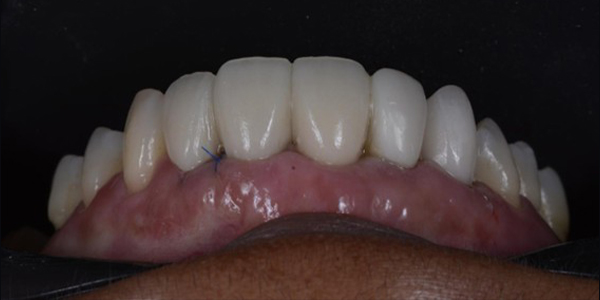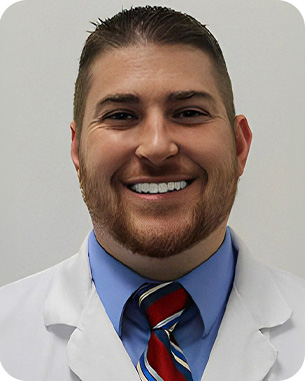In modern implant dentistry, the pursuit of aesthetic excellence is just as important as functional success. As patients increasingly demand natural-looking, life-like restorations, achieving aesthetic outcomes has become a fundamental aspect of implant-based rehabilitation. Whether you are restoring a single tooth or a full-arch prosthesis, understanding the nuances of implant placement, soft tissue management, and material selection is essential for delivering predictable and esthetically pleasing results.
This article will outline the key considerations for achieving aesthetic excellence with dental implants, providing insights and strategies to enhance both the functionality and appearance of your implant restorations. By integrating advanced techniques, patient-specific factors, and a focus on esthetic details, you can create outcomes that not only restore form and function but also improve your patients’ confidence and quality of life.
1. The Importance of Proper Implant Placement
The foundation of an esthetic dental implant restoration begins with **precise implant placement**. Whether you’re placing a single implant or preparing for a more complex full-arch restoration, ensuring the correct positioning of the implant is critical for achieving a natural appearance. Proper implant placement affects both the final prosthetic outcome and the surrounding soft tissue contours.
Key Factors in Implant Placement:
Vertical Positioning: The vertical position of the implant should be optimized to align with the natural occlusal plane and ensure proper emergence profile. In the anterior region, the implant must be positioned to allow for natural contouring of the gingiva around the restoration.
Mesiodistal Positioning: The implant should be placed with careful consideration of the adjacent teeth, ensuring appropriate spacing for the prosthetic crown. Inadequate spacing can result in unnatural contacts with adjacent teeth or incorrect placement of the final restoration.
Buccolingual Positioning: The implant must be placed in a way that ensures the ideal emergence profile, with the coronal portion of the implant positioned slightly palatally or lingually in the maxillary arch (or buccally in the mandibular arch) to allow for proper soft tissue contours and a harmonious relationship with the smile line.
Angulation: Correct angulation of the implant is crucial, particularly in the anterior region, where the natural tooth orientation plays a role in the appearance of the restoration. A poorly angled implant can result in compromised esthetics, such as a “flat” or “unesthetic” crown.
For optimal aesthetic results, particularly in the anterior region, 3D planning through advanced technologies like CBCT imaging and surgical guides can significantly improve the precision of implant placement. With better placement, you lay the groundwork for a restoration that mimics natural tooth anatomy.
2. Soft Tissue Management and Grafting
The surrounding soft tissues are just as important as the implant itself when it comes to achieving aesthetic excellence. Healthy gingival tissue helps create a natural-looking emergence profile and allows the final restoration to blend seamlessly with the patient’s smile. In some cases, however, soft tissue grafting and management may be required to optimize the aesthetic outcome.
Key Considerations in Soft Tissue Management:
Gingival Biotype: Patients have varying gingival biotypes, ranging from thin to thick tissue. A thin biotype is more challenging because it is prone to recession, which can compromise the appearance of the restoration. On the other hand, thick biotypes tend to be more stable and resilient but may require additional consideration for proper contouring.
Gingival Contour: The ideal gingival contour should match that of the adjacent natural teeth. The emergence profile of the implant restoration should mimic the shape and curvature of natural gingiva. This can be achieved through techniques such as soft tissue grafting or the use of temporary abutments that help shape the gingiva during healing.
Soft Tissue Augmentation: In cases of severe recession or insufficient gingival tissue, soft tissue grafting may be necessary. Techniques such as connective tissue grafts, free gingival grafts, or pedicle grafts can help augment the gingiva and provide a more natural contour. Additionally, subepithelial connective tissue grafting is often used in aesthetic areas to improve the thickness and height of the soft tissue.
Establishing the Pink Aesthetic Zone: The pink aesthetic zone refers to the area of gingiva around the implant that creates harmony with the surrounding soft tissue. Ideal soft tissue volume and contour contribute significantly to the overall aesthetic outcome, especially in the anterior region, where the gingival margin’s appearance is key to a natural smile.
Managing Gums for the Best Outcome:
By using temporary restorations to shape the soft tissues during the healing phase, clinicians can guide the gingiva into a more desirable shape before the final restoration is placed. In many cases, the use of implant provisionalization (such as provisional crowns or bridges) during the healing phase can also be used to influence soft tissue architecture.

Get full access to this article, many others published weekly, and a library of exclusive resources by becoming an ADI MEMBER today. Stay informed, expand your knowledge, and connect with leading professionals in dentistry.
Already a member? Login Now












